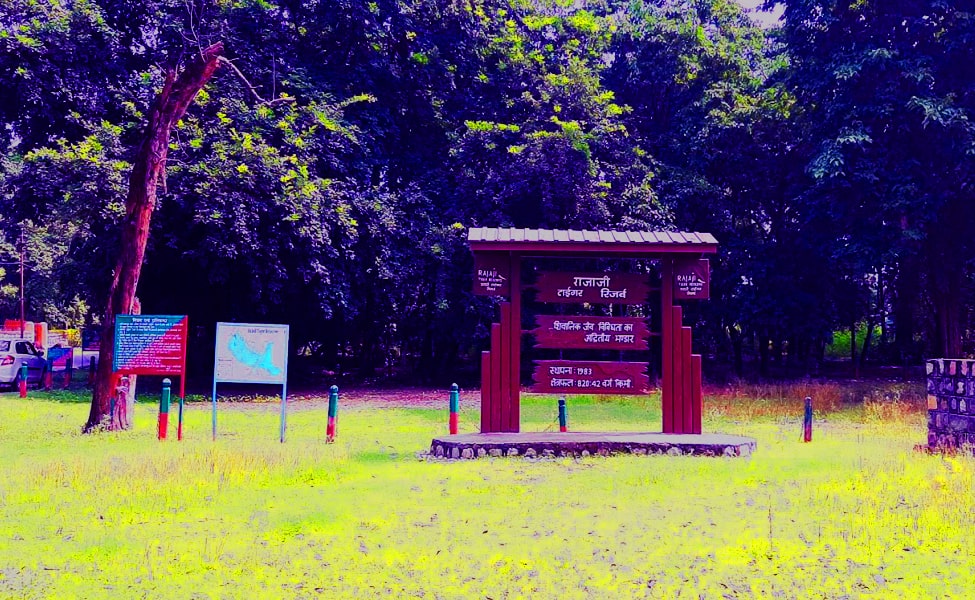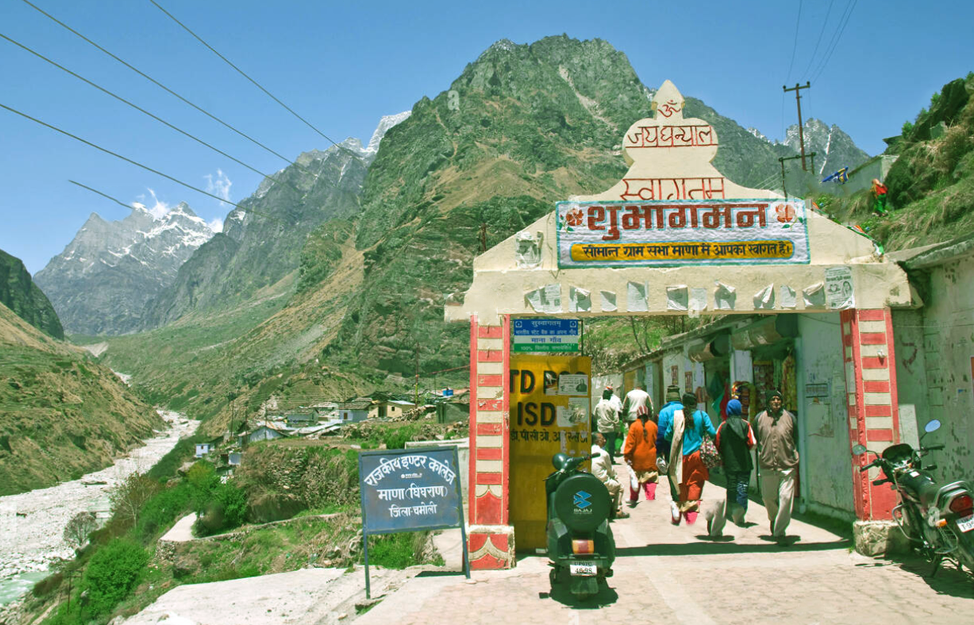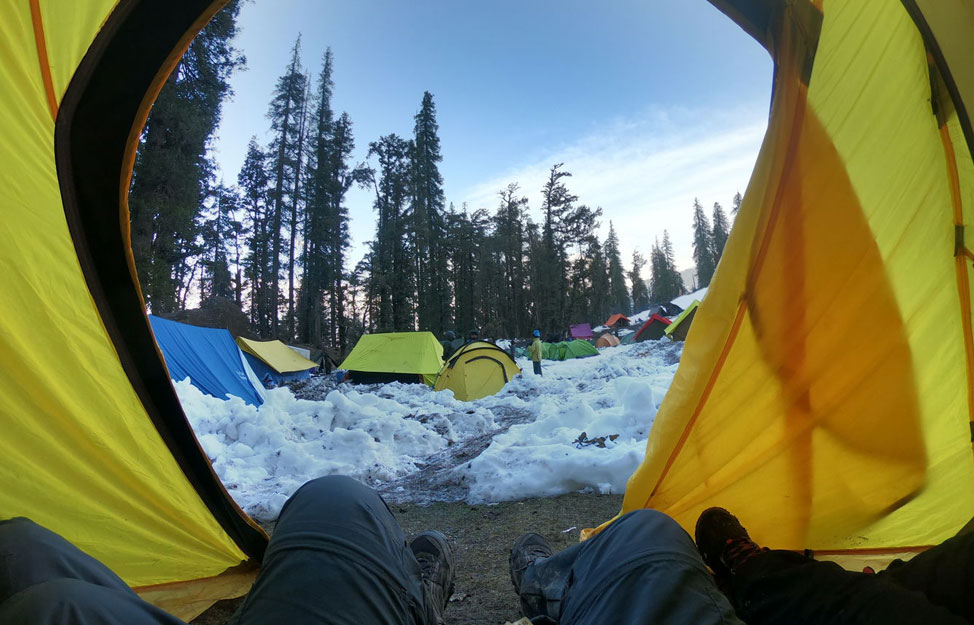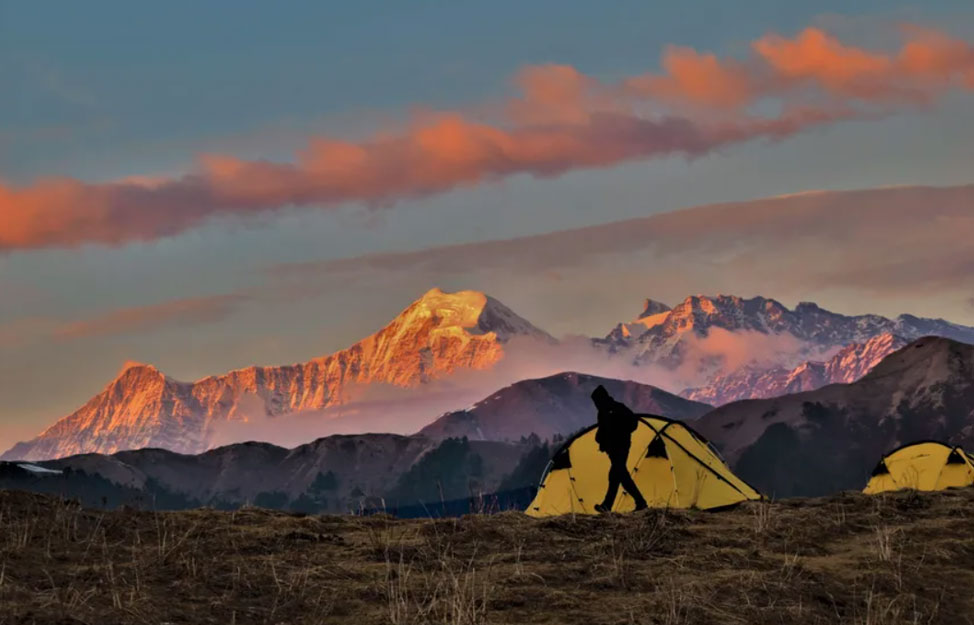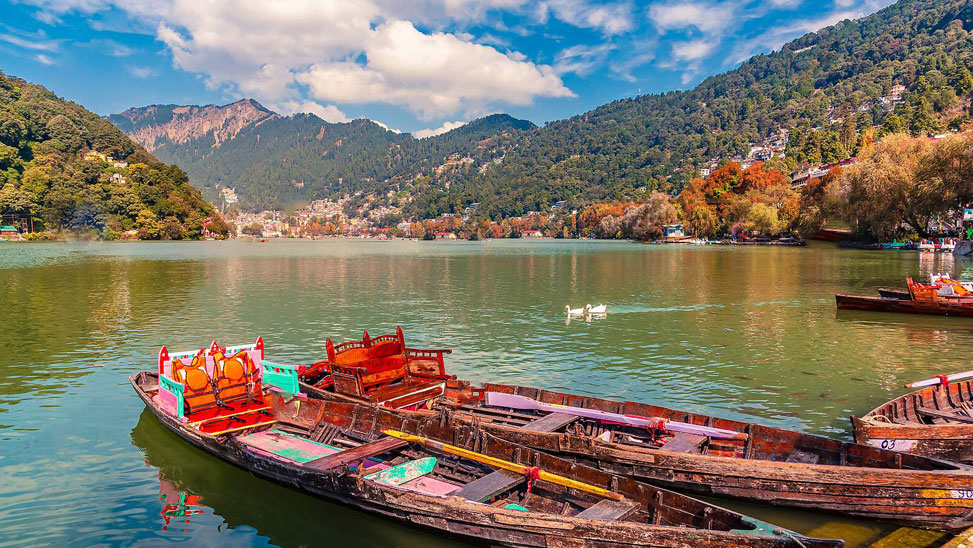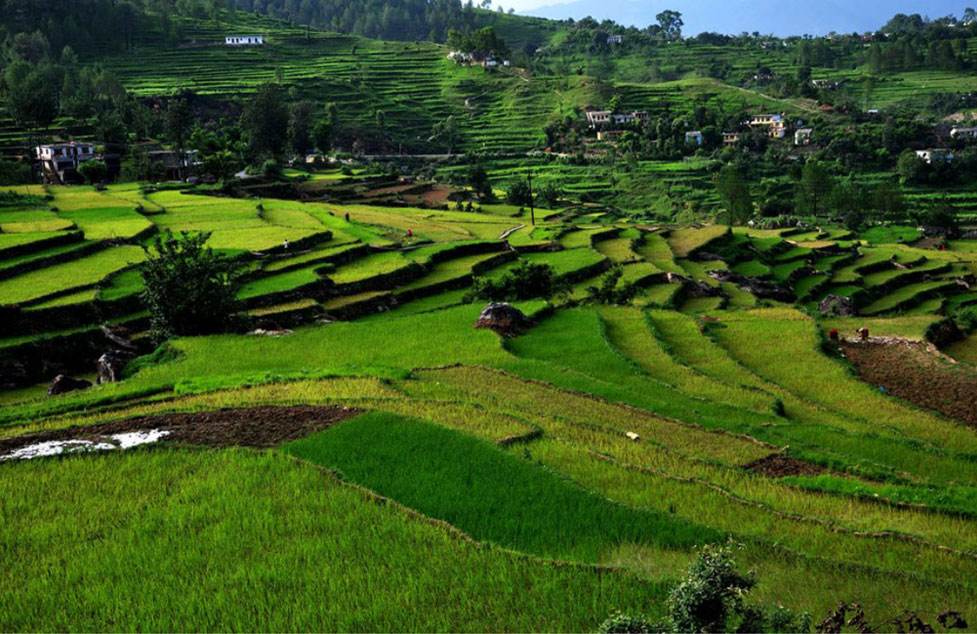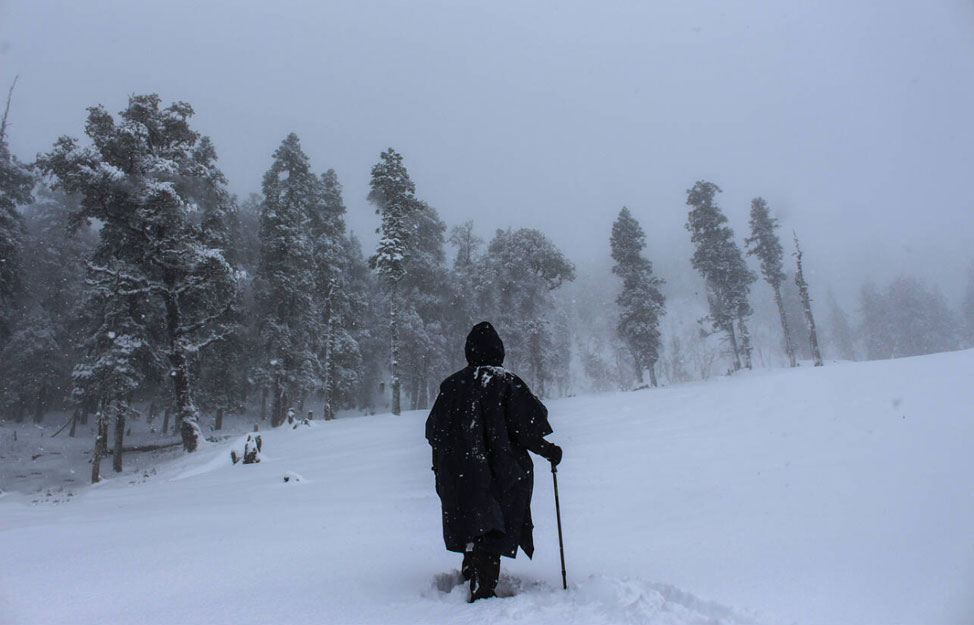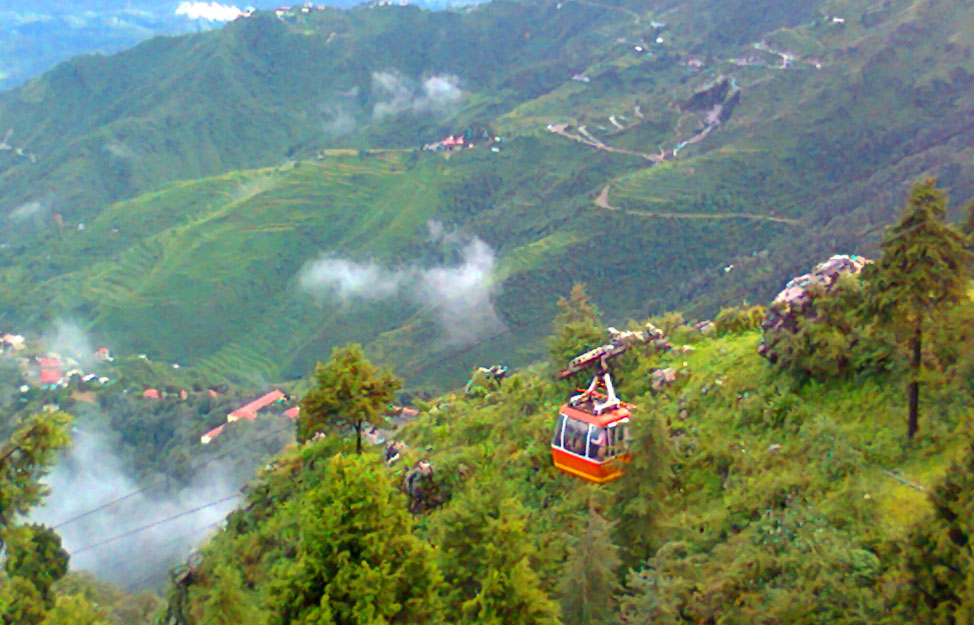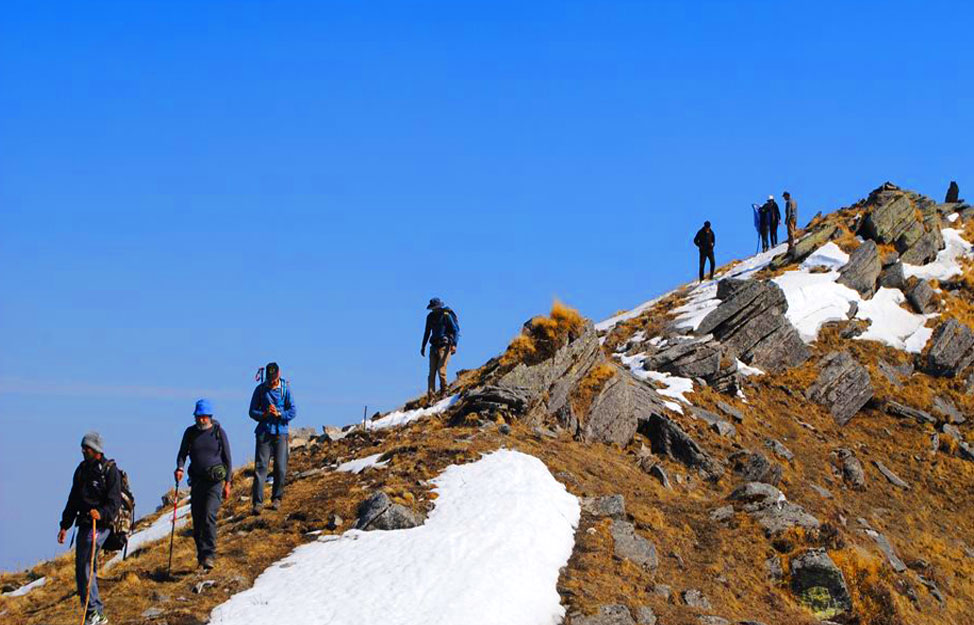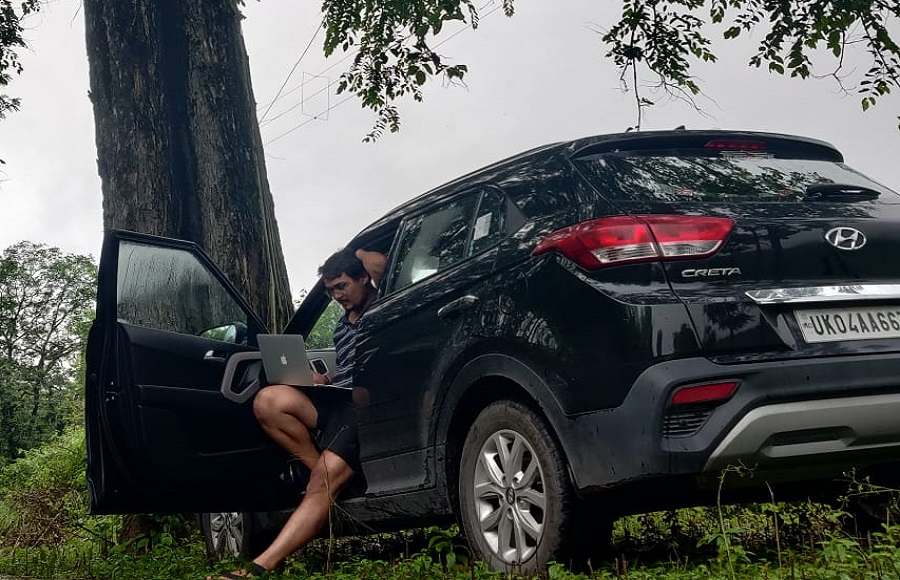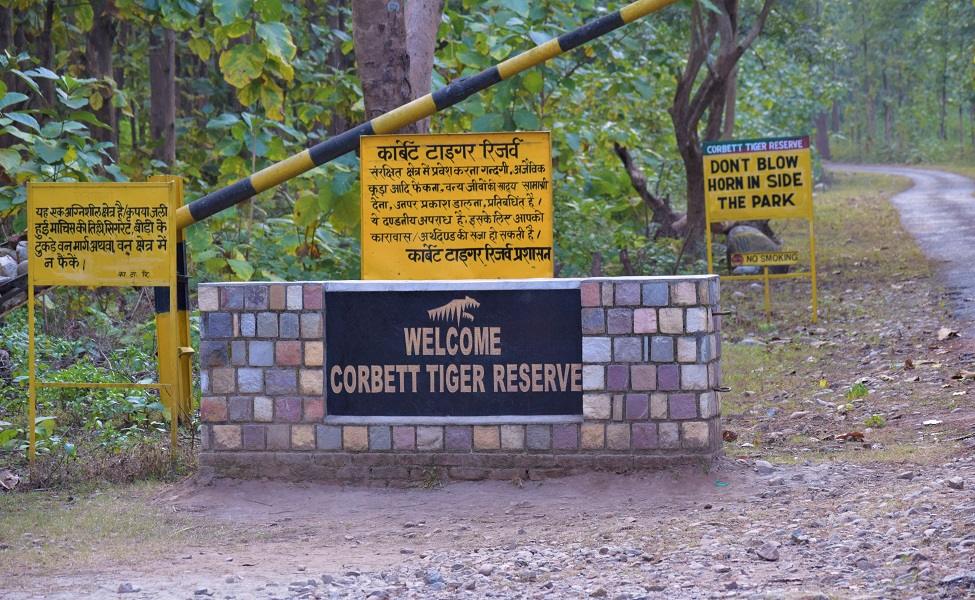Rajaji National Park – Adventure Center in Uttarakhand
The Rajaji National Park is known for its rich biodiversity, and panoramic beauty surrounds the Shivalik ranges near the foothills of the Himalayas.
Rajaji National Park is situated in Uttarakhand State. It is an Indian National Park and was conceded as the second tiger reserve of Uttarakhand on 15th April 2015.
Chilla, Rajaji, and Motichur sanctuaries were integrated into the today called Rajaji National Park, spread over about 820 square kilometres.
The park has been named after the second and last Governor-General of independent India, C. Rajagopalachari (Rajaji). He was honoured with India’s highest civilian award Bharat Ratna and a distinguished leader of the Freedom struggle.
A wildlife sanctuary that spreads over to Haridwar, Pauri Garhwal, and Dehradun.
Flora and Fauna
The Rajaji National Park is snuggled between Indo-Gangetic plains and the Shivaliks.
Pine forests, riverine vegetation, scrub lands, broad-leaved deciduous forests, and grasslands set the tone for flora at this sanctuary.The thick jungles and dynamic contour make it a perfect home for vigorous wildlife.
Trees and Herbs in Rajaji National Park
The small trees and shrubs that grow underneath include Arjun (Terminalia arjuna), Sal (Shorea robusta), Amaltas (Cassia fistula), Khair (Acacia catechu), Chamaror (Ehretia laevis), Bel (Aegle Marmelos), Ber (Ziziphus mauritiana), Shisham (Dalbergia sissoo), Semul (Bombax ceiba), Chilla (Casearia tomentosa), Palash (Butea monosperma), Rohini (Mallolotus philippinensis), Sandan (Ougeinia Oojeinensis), Aonla (Emblica officinalis), Baans (Dendrocalamus Strictus), Kachnar (Bauhienia variegate) etc.
The Wildlife sanctuary is densely stratified primarily by the Sal forest, and the Holy River Ganges flows for a length of 24 kilometers.
The other variants of forest types include Khair-Sisso forest, Northern dry Deciduous, and Western Gangetic moist besides the countless streams, and the Wild Brook makes it look rich and assorted.
The higher altitudes are covered with Shivalik Chir-Pine during the parched southern regions of the park exhibit low alluvial Savannah Woodlands.
Rajaji National Park is Famous for Wild Animals
The sanctuary is known to be home for antelopes likely Niglai, Goral, Wild Boar, Sambar Deer, Cheetal, Barking Deer, and also the obvious Asian Elephants.
The park is acclaimed to be the Western and Northernmost margins protecting the Asian Elephants. The order of the mammals includes the Hanuman Langur and the Rhesus Macaque while the Indian Porcupine and Hare constitute the small mammals around.
Carnivores such as the Royal Bengal Tiger and Leopard are also within the protected boundaries of the sanctuary. The Jackal, Jungle Cat, Himalayan Sloth Bears, Hyena, Civets, Himalayan Black Bears, Himalayan Yellow-Throat Marten and the Leopard Cat are counted among the lesser carnivores.
Common Reptiles
The reptiles comprise of the largest of Pythons, Common Krait, Indian Cobra, King Cobra and the Monitor Lizard.
Birds in Rajaji National Park
The park shelters over 400 varied bird species, which includes Crimson Sunbird, Oriental Pied Horn bill, and the Crested Kingfisher as inhabitants.
Aquatic Animals
The aquatic inhabitants of the park are constituted by large varieties of fishes namely Trout, Mahaseer, Kalabasau, Goonch and Chilwa.
Rajaji National Park Safari Booking
Each and every visitor at the park must collect their entry passes from the entrances to be allowed permission for entry. Entry is allowed for two times in a day between 6 am-9 am and 3 pm-6 pm.
The park charges Rs 150 per Indian visitor while Rs 600 for every foreign visitor. One can even hire a jeep for Rs 2500 for a safari ride.
The visitors are charged extra for cameras and private vehicles. The Wildlife sanctuary is open for tourists and visitors from 15th November to 15th June each year, mandated to be closed during the rainy season.
The Jungle Safari in jeeps is offered for3 hours twice a day through the rough terrain through Raus and a chance to witness birds and other wildlife in Khara, Mithawali, Mundal and other ranges.
Bird Watching is feasible at the Chilla, and Gohari ranges of the park accompanied by expert bird watchers charged at approx. Rs 300 an hour.
The resorts built on the edges of the park are a sight for birds watching, trekking, rafting in the Ganges, and plunging into streams under the guidance of the experts.
A usual rafting ride is charged at around Rs 800 per person for a 12 kilometer stretch in the Ganges.
How to Visit Rajaji National Park
The route to Rajaji National Park begins from New Delhi via Meerut, Khatauli, Muzaffar Nagar, Roorkee and Haridwar to Chilla situated on the other side of the river Ganges.
When traveling through the railways, Rishikesh stands 18 kilometers away while Haridwar and Dehradun at 24Kms and 56Kms, respectively.
The nearest airport that exists is the Jolly Grant, a Dehradun, just kilometers away from the Northern Margin of the park.
The airport daily reports a 55-minute flight from New Delhi. The park is at a distance of 220Kms from New Delhi while it is 510Kms from Lucknow.
The Chilla is located just 8Kms away from the Haridwar Railway Station and is well connected with other major cities.
The Rajaji National Park is marked on the map between Haridwar, Dehradun, and Chilawali, portraying the Shivalik ecosystem. The major attractions nearby are Rishikesh and Haridwar.
Where to Stay During to Visit Rajaji National Park
Though the park can be visited by accommodating at hotels and lodges in Haridwar and Rishikesh, the sanctuary gives you the opportunity to witness some aesthetic resorts and villas nearby.
Located at a 7Km ride from the park is the lodge named ‘The Forest- Rajaji National Park,’ it is one of the best places to stay at. The resort is believed to be much calmer and peaceful than the ones in Rishikesh.
The resort also offers guests drive around the resort to capture wildlife. Not too many options are available to the visitors here.
Nearby Camps Stay at Rajaji National Park
Camp Majestic Shivpuri : Around 28 Kms away from Rajaji National Park
Camp Crossfire Rishikesh : Beautiful Ganga view camp around 40 Kms away from Rajaji National Park
But one can find comfortable cottages to stay at the Wild Brook Retreat near the Gohari range of the reserve. The Wild Brook Retreat is situated in the midst of the scintillating valley of Nalani at the foothills of the Himalayas, offering an astonishing wild ambience.
Adventure Activities to do Near at Rajaji National Park
The park presents a stupendous experience of a wildlife adventure along with camping in Rishikesh trekking and river rafting in Rishikesh as add-ons. Activities check list can do near at Rajaji Park
Zip Line Adventure on Ganges
Reverse Bungy at Shivpuri
Trekking in Rishikesh
Rock Climbing and Rappelling
Best Time to Visit Rajaji Park
The Rajaji National Park remains open for about 8 months each year in between 15th November and 15th June. The park forbids entry and remains closed during the rainy season.
Though April and June are witnessed to be pretty warm and humid, it is supposedly the appropriate time for spotting variants of animals.
During the winters, when the park reopens after the monsoon, the weather is cool, and the sky is clear, with temperatures ranging between 17-22 degrees.
Nonetheless, the winters here are the coldest and windiest of months, and the visitors are strictly advised to be well equipped with their woolen clothing.
The summer season is regarded as the best time to take a tour of the park. The warmer temperature and clearer skies make a perfect spot for some of the most distinctive birds and wildlife like leopards, languor and barking deer etc.
The higher temperature forces the inhabitants to lure out in the open to satisfy their thirst. The safari is believed to be an exhilarating and breath-taking experience for nature lovers and fanatics.

